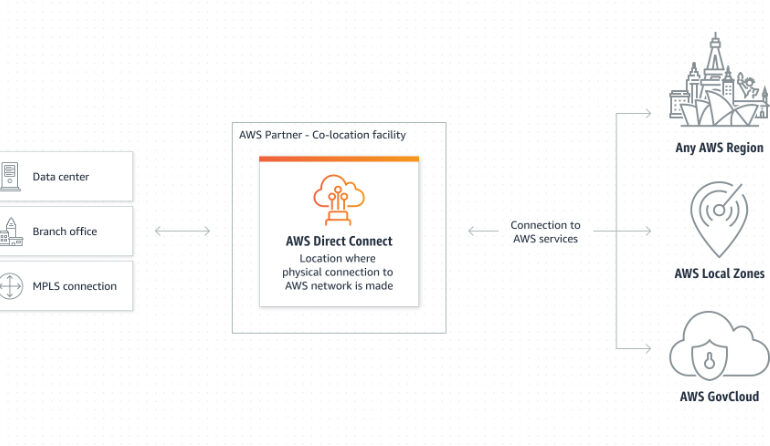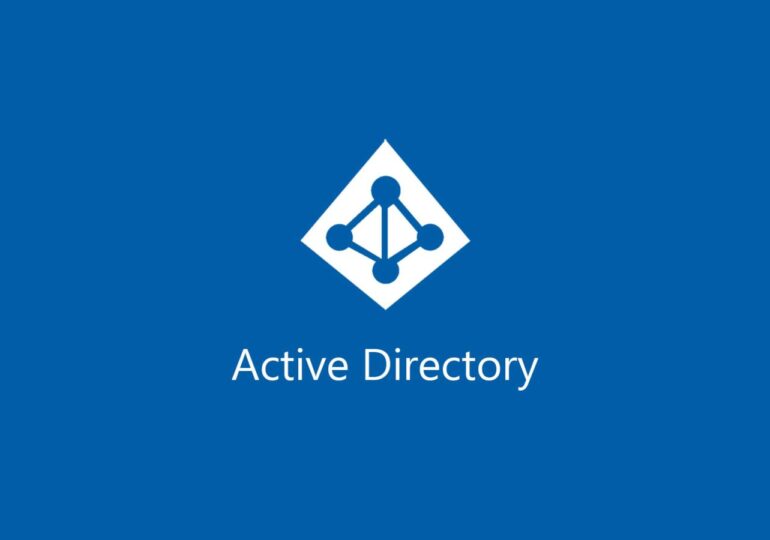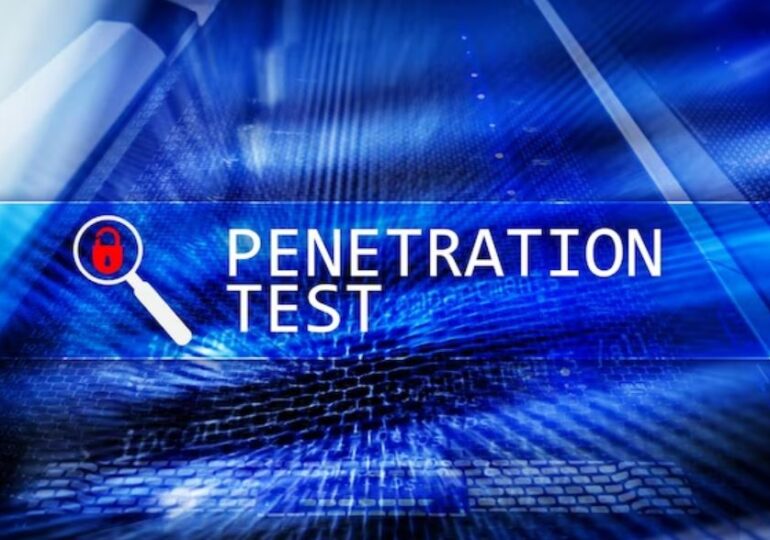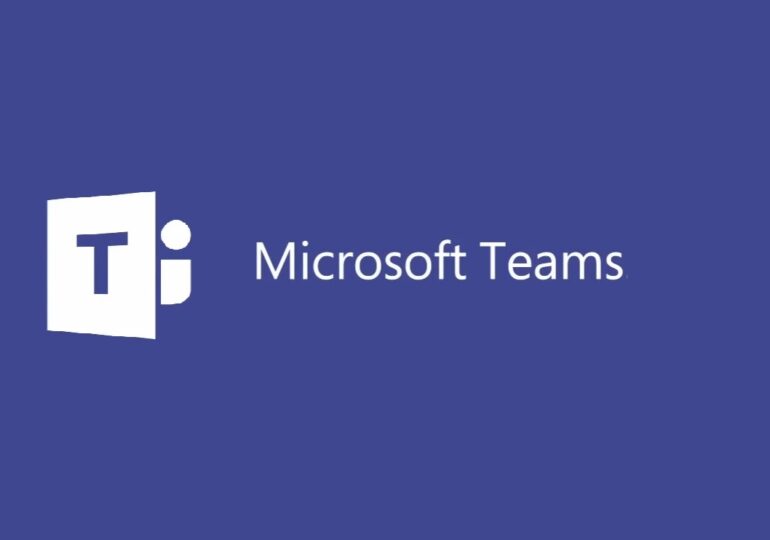Why should your company protect its Microsoft Active Directory (AD)

In today’s digital world, ensuring the security of your company’s data is of paramount importance. With the growing reliance on Microsoft Active Directory (AD) for authentication and authorization, protecting it becomes even more crucial.
In this article we discuss the following key areas:
- Importance of protecting Microsoft Active Directory (AD)
- Risks and vulnerabilities of Microsoft Active Directory (AD)
- Common attacks on Microsoft Active Directory (AD)
- Best practices for securing Microsoft Active Directory (AD)
- Implementing a multi-layered security approach for Microsoft Active Directory (AD)
- Tools and technologies for protecting Microsoft Active Directory (AD)
- Training and education for Microsoft Active Directory (AD) security
- Managed security services for Microsoft Active Directory (AD)
Importance of protecting Microsoft Active Directory (AD)
Microsoft Active Directory (AD) serves as the backbone of most organizations’ IT infrastructure, providing a centralized platform for managing user accounts, permissions, and access control. Its significance lies in the fact that a compromised AD can have far-reaching consequences for your organization’s security posture.
Firstly, unauthorized access to AD can lead to unauthorized access to sensitive resources and information within your network. Attackers who gain control of AD can easily escalate their privileges and move laterally throughout your network without detection. This can result in data breaches, intellectual property theft, and disruption of critical business operations.
Secondly, insider threats pose a significant risk to AD security. Malicious insiders with legitimate access to AD can abuse their privileges and compromise the integrity and confidentiality of your organization’s data. By implementing strong access controls, you can limit the potential damage caused by both external and internal threats.
Risks and vulnerabilities of Microsoft Active Directory (AD)
To effectively protect your Microsoft Active Directory, it is essential to understand the potential risks and vulnerabilities that come with neglecting AD security.
One of the most common vulnerabilities is weak password policies. Many organizations still use weak or easily guessable passwords, making it easier for attackers to gain unauthorized access to AD accounts. Implementing strong password policies, including complexity requirements and regular password changes, can significantly reduce this risk.
Another vulnerability is the lack of regular audits and monitoring. Without proper monitoring, suspicious activities or unauthorized access may go unnoticed, allowing attackers to exploit vulnerabilities or maintain persistence within your network. Regular audits and log analysis can help identify any anomalies and take necessary actions to mitigate potential security incidents.
Common attacks on Microsoft Active Directory (AD)
Attackers employ various techniques to compromise Microsoft Active Directory (AD) and gain unauthorized access to an organization’s resources. Understanding these common attack vectors can help you better protect your AD environment.
One such attack is the use of stolen credentials, often obtained through phishing attacks or credential harvesting. Attackers can use these stolen credentials to impersonate legitimate users and gain access to AD accounts. Implementing multi-factor authentication (MFA) can add an extra layer of security by requiring additional verification beyond just a username and password.
Another prevalent attack is the exploitation of vulnerabilities in AD components or misconfigurations. Attackers can take advantage of these weaknesses to gain control over AD and manipulate permissions or extract sensitive information. Regular patching and system updates can help mitigate these vulnerabilities and protect your AD environment.
Best practices for securing Microsoft Active Directory (AD)
To enhance the security of your Microsoft Active Directory (AD), it is essential to implement a set of best practices that cover various aspects of AD management and security.
One of the fundamental practices is establishing a strong password policy. This includes enforcing password complexity requirements, setting expiration dates, and implementing account lockout policies to prevent brute-force attacks. Additionally, educating users about the importance of strong passwords and the risk of password reuse can further enhance security.
Regularly auditing AD accounts, groups, and permissions is also crucial. This ensures that only authorized users have the necessary access privileges and that any unauthorized changes can be detected and addressed promptly. Implementing a robust change management process can help maintain the integrity and security of your AD environment.
Implementing a multi-layered security approach for Microsoft Active Directory (AD)
Securing Microsoft Active Directory (AD) requires a multi-layered security approach that encompasses various security measures and technologies.
Firstly, implementing network segmentation helps isolate critical AD components and limit access to them. By separating AD infrastructure from other network segments, you can reduce the attack surface and minimize the impact of potential breaches.
Additionally, deploying intrusion detection and prevention systems (IDS/IPS) and firewalls can help detect and block malicious activities targeting AD. These systems can monitor network traffic, identify suspicious patterns, and take proactive measures to prevent unauthorized access or data exfiltration.
Tools and technologies for protecting Microsoft Active Directory (AD)
Several tools and technologies can assist in protecting Microsoft Active Directory (AD) and strengthening its security posture.
One such tool is privilege access management (PAM) solutions. PAM helps manage and secure privileged accounts within AD by enforcing least privilege principles, session monitoring, and automated password rotation. This ensures that only authorized users have access to privileged accounts, reducing the risk of misuse or compromise.
Another technology is Security Information and Event Management (SIEM) systems, which collect and analyze log data from various sources, including AD. SIEM enables real-time threat detection, incident response, and compliance reporting, helping organizations identify and mitigate security incidents promptly.
Training and education for Microsoft Active Directory (AD) security
Investing in training and education for your IT staff and end-users is crucial for maintaining a secure Microsoft Active Directory (AD) environment.
Training programs should focus on raising awareness about common security threats, best practices for securing AD, and the importance of adhering to security policies. Regular security awareness training can help reduce the risk of human error and ensure that employees understand their role in maintaining AD security.
Furthermore, providing IT staff with specialized training on AD security and management can help them stay updated on the latest security trends and techniques for protecting AD. This knowledge can be invaluable in proactively identifying and mitigating potential security risks.
Managed security services for Microsoft Active Directory (AD)
For organizations lacking the in-house expertise or resources to effectively manage and secure their Microsoft Active Directory (AD), partnering with a managed security services provider (MSSP) can be a viable solution.
MSSPs specialize in AD security, offering services such as continuous monitoring, threat hunting, incident response, and vulnerability management. By leveraging the expertise of an MSSP, organizations can ensure the ongoing security of their AD environment while focusing on their core business operations.
Conclusion: Safeguarding your company’s Microsoft Active Directory (AD)
Protecting your company’s Microsoft Active Directory (AD) is vital for maintaining the integrity and confidentiality of your sensitive information. By understanding the risks and vulnerabilities, implementing best practices, and leveraging the right tools and technologies, you can mitigate potential security incidents and safeguard your organization’s overall security posture.
Don’t wait for the worst to happen before taking action. Prioritize the protection of your Microsoft Active Directory, and maintain the trust of both your clients and stakeholders.








































